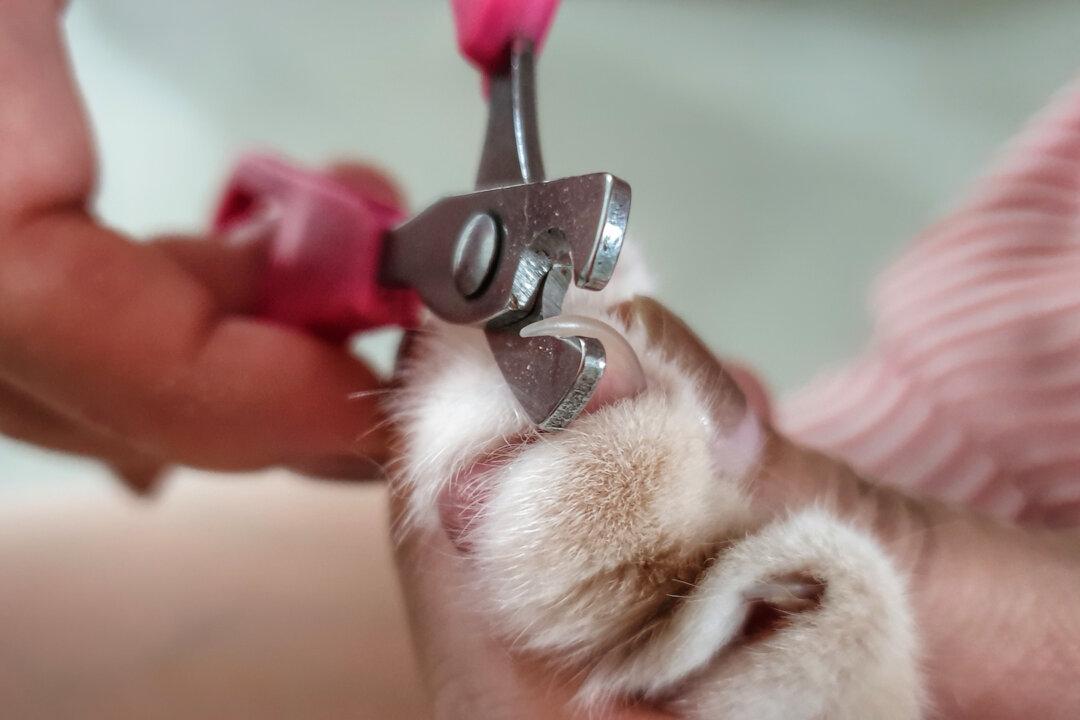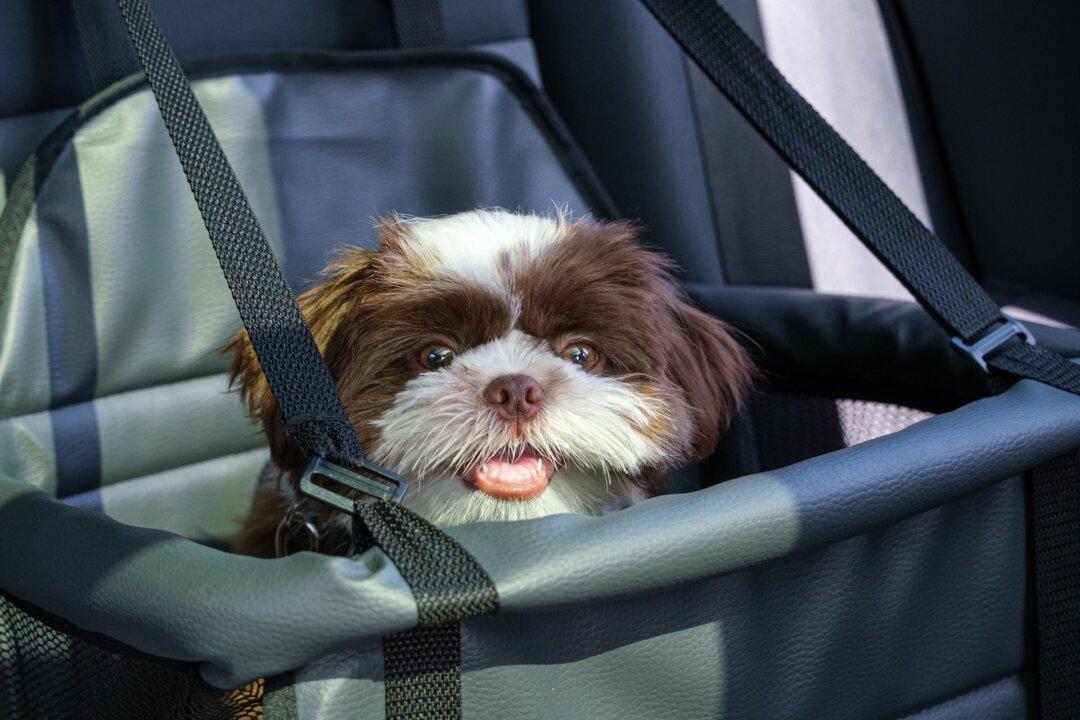All dogs produce at least six allergens, substances that can trigger allergic reactions in susceptible people. These allergens are present in dogs’ skin, hair, saliva, and urine.
Breeds once thought to be hypoallergenic are those with continuous hair growth that rarely shed. Because of these characteristics, such dogs require monthly grooming, which temporarily removes some of their allergens.
However, these supposedly hypoallergenic breeds still produce as much allergen as nonhypoallergenic dogs. In a 2011 study, researchers measured canine allergen levels in homes with breeds reported to be hypoallergenic and in homes with nonhypoallergenic dogs. They found the same levels of canine allergen in both groups.
To live comfortably with Marcos, I suggest you start by consulting your own allergist. A number of treatments are available for people who are allergic to pets.
To minimize Marcos’s allergens, have him groomed monthly. Once or twice a week, bathe or rinse Marcos and launder his bedding to remove as much of the allergen load as possible. Since his hair retains pollen and dust, regular attention will also remove these potential allergens.
Vacuum your home every few days. Install a HEPA filter, and run your HVAC fan continuously.
Finally, have your new pup sleep in his own bed, not with you.
I hope these suggestions make living with Marcos more comfortable for you.
Some cats knead with all four paws. Many also drool, suck on soft fabric, or look like they’re in a trance.
I once had a cat that shared my pillow at night. Sometimes, I'd awaken to find him kneading my head, purring into my ear, and drooling on my hair. It was soothing until his purring grew loud and his kneading escalated to digging his claws into my scalp, making sleep impossible.
Adult kneading has no known function but is thought to be a carryover from when the kitten was nursing. Kneading the mother cat’s mammary gland increased the flow of milk, which helped the kitten grow quickly and eventually produce young that repeated the kneading behavior.
Other theories are that kneading allows the cat to stretch the paw muscles and that kneading stimulates the paws’ scent glands to mark the cat’s territory.





